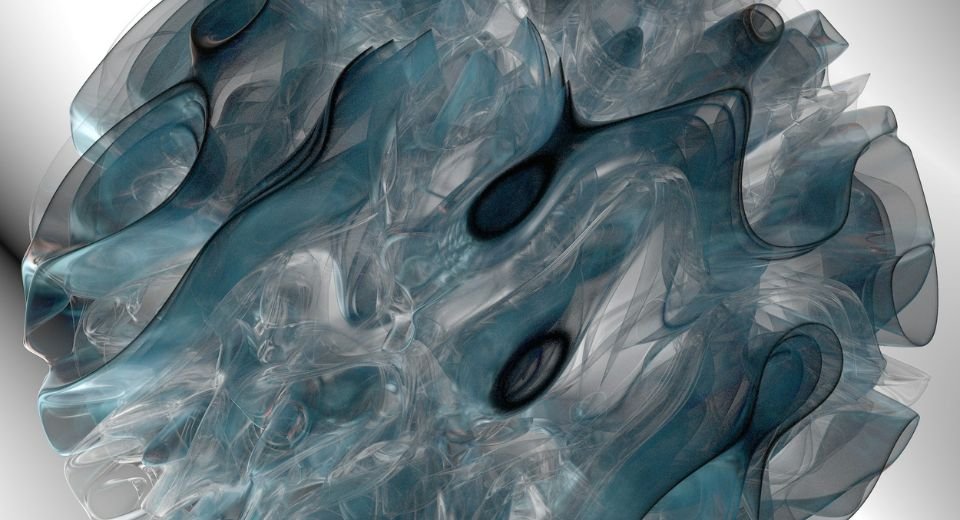HQ Team
June 10, 2025:Underreporting of brain tumour cases and non-availability of neuroimaging facilities in India may be the cause of the low prevalence of the disease in the South Asian nation, experts say.
“Brain tumours imitate usual problems like headaches, dizziness, mood swings, which can lead to delayed diagnosis,” says Dr. Praveen Gupta, the Principal Director & Chief of Neurology at Fortis Memorial Research Institute (FMRI) in Gurugram, India.
“By the time a patient comes to us, the tumour can already have spread, and so much harm is already done. Early detection is the only true weapon we have,” said Dr. Gupta.
A brain tumour refers to abnormal cell growth inside the brain, which puts pressure on the skull and can be life-threatening if not treated early. They are either primary tumours that develop in the brain or metastatic tumours that develop from cancers in other parts of the body, he said.
The global incidence of brain tumours is estimated by the World Health Organisation as around 10 per 100,000 persons. In India, this stands at around 5 to 10 per 100,000, but officials caution that this may be an underestimate due to underreporting of cases and non-availability of neuroimaging facilities in large parts of the country.
Survival rate
The International Association of Cancer Registries estimates that more than 28,000 brain tumour cases are reported every year in India.
In contrast to most other cancers, where survival is greatly increased in the early stages, brain tumours can be fatal even in the early stages because of their site and effect on vital brain functions. Even with advances in medicine, the survival rate for malignant brain tumours in India is low — between 12 to 18 months after diagnosis in most instances, Dr Gupta said.
Brain tumours are graded according to how fast they grow and how likely they are to grow back after treatment. Grade 1 and 2 tumours are low grade, and grade 3 and 4 tumours are high grade.
The two main types of brain tumours are non-cancerous (benign) brain tumours – these are low grade (grade 1 or 2), which means they grow slowly and are less likely to return after treatment and cancerous (malignant) brain tumours – these are high grade (grade 3 or 4) and either start in the brain (primary tumours) or spread into the brain from elsewhere (secondary tumours). They are more likely to grow back after treatment.
The symptoms of a brain tumour vary depending on the exact part of the brain affected. Common symptoms include headaches, seizures (fits), persistently feeling sick (nausea), being sick (vomiting) and drowsiness, mental or behavioural changes, such as memory problems or changes in personality, progressive weakness or paralysis on one side of the body and vision or speech problems.
Symptoms over time
Sometimes you may not have any symptoms to begin with, or they may develop very slowly over time.
“The point of concern is awareness about brain tumours,” said Dr Madhukar Bhardwaj, Director & HOD- Neurology, Aakash Healthcare. “We are registering more cases among younger people, too.”
Dr Madhukar said that although these symptoms occur, many people confuse them with normal problems.
Dr Ruchi Singh, HOD & Senior Consultant- Radiation Oncology, Asian Hospital, said that by the time many patients reach the doctors, the tumour has progressed to a stage where treatment becomes not only more complex but also more expensive, as the treatment may include radiation, chemotherapy, and surgeries.
“Cost is a big hindrance in low-income areas,” said Dr Narendra Motarwar, Consultant – Neurosurgery of Jupiter Hospital.
Affordability
Super-speciality hospitals have facilities, but many cannot afford them, he said. “Then there are government hospitals, where the treatment is available, but patients from small towns and cities approach such treatment at a very late stage.”
Dr Aakaar Kapoor, CEO of City X-Ray and Scan Clinic, said: “Tumours can be detected using imaging tests such as MRI or CT scans early on, but the majority of the patients visit a neurologist only at an advanced stage.”
“Even now, a lot of patients come in after being treated for migraines or mental disorders.”
Experts highlight the immediate need for awareness, improved infrastructure in tier-2 cities and rural areas, and comprehensive support systems for patients and caregivers.
Dr Gupta said, “With India seeing a steady increase in such cases, the moment to act is now.”
